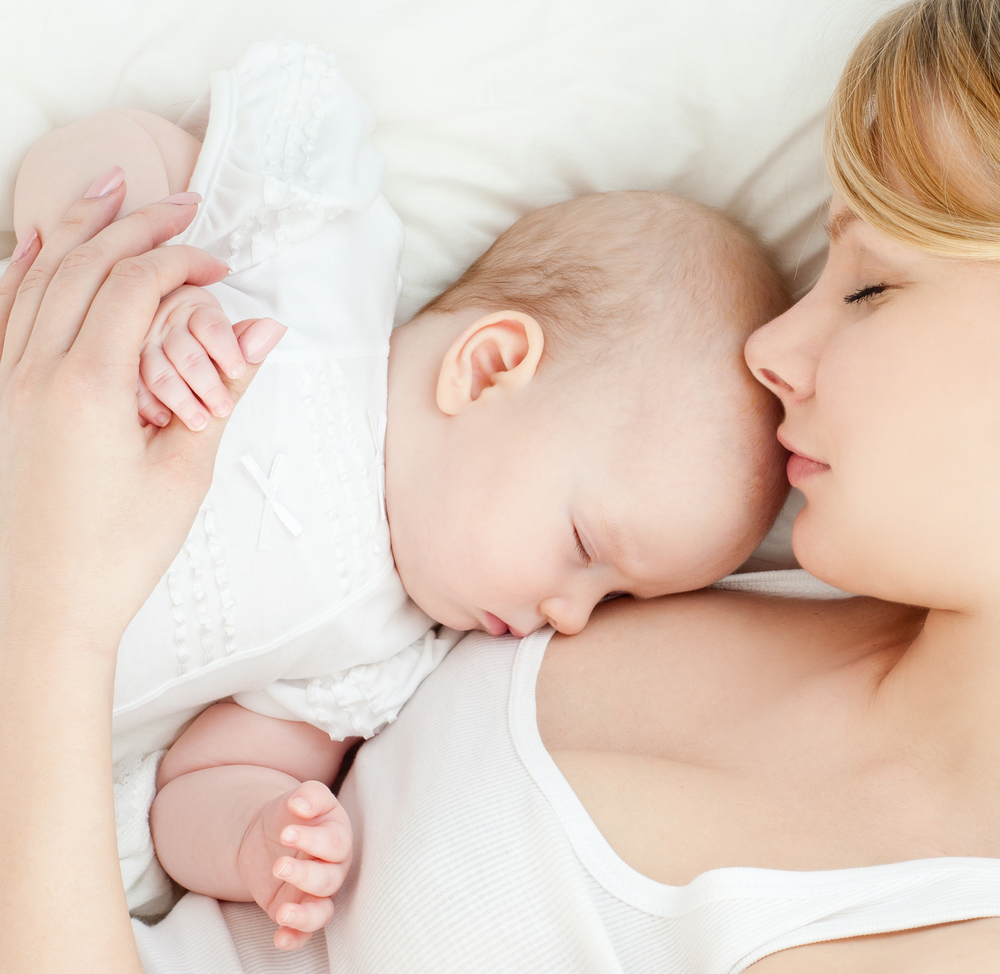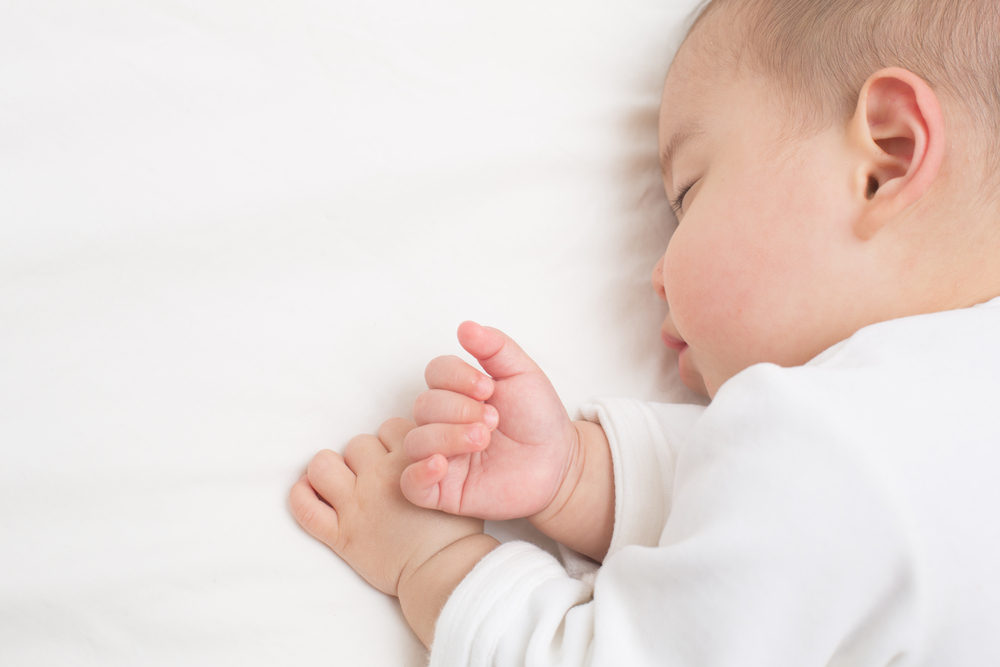Baby sleep: a guide
In the first few weeks, a baby alternates between phases of wakefulness and sleep. Parents have questions as soon as they arrive home: how should I lie baby down to sleep? Where? In his room or ours? How can I help him sleep at night, even with a fever? Not knowing for certain is a source of stress and confusion. Here is everything you need to know in the next few weeks to accompany and help your baby gradually get into a routine.
Where should baby sleep?
The first few weeks, it is often practical and natural for baby to sleep in his parents’ room. He or she is reassured and soothed by their presence, and because mom does not have to get up as often (particularly if she’s breastfeeding and dad can’t help out), she’ll feel less tired.
Good to know: baby needs a calm environment
After two or three months, sleeping in the same room as baby is no longer such a good idea. She needs the quiet of her own room to fall asleep easily and a space especially for her.
How should I put baby to bed?
To put your baby to bed safely, certain precautions must be taken:
- His bed must be the right size (after 2-3 months, a cradle is no longer suitable),
- Use a firm and suitably-sized mattress (make sure your hand does not fit between the bed frame and the side of the mattress),
- The temperature in baby’s room should not exceed 19°C to limit the risk of sudden infant death syndrome, and only a baby sleeping bag should be used (never use blankets, sheets or pillows before baby is two years old),
- Place baby’s bed away from heaters and ensure that the air is not too dry (if it is, you’ll need to invest in a humidifier).
The recommended sleep position
The only recommended sleep position for baby is on his or her back. Numerous studies have proven that the risk of sudden infant death syndrome rises considerably when baby is put in another position. Therefore it is very important to follow this recommendation.
Parents who worry that laying baby on his back will cause ‘flat-head syndrome’ can put him on his tummy when awake so that baby can strengthen his neck muscles and discover his environment from a different perspective.
Putting baby to bed with a fever
Fevers, which occur frequently in young children due to teething, ear infections and other childhood illnesses, are still a source of worry for parents, who wonder what to do when it’s time for baby to go to sleep. Bedtime is quite simple, however: make sure the room temperature is no higher than 19°C and do not cover baby too much. Remove the sleeping bag and have baby sleep just in pyjamas to ensure heat can be evacuated during the night.
The bedtime ritual
All children, even the least anxious and the most calm, don’t enjoy leaving their family to go to bed. Parents need to establish a routine that baby will look forward to in the evening.
If you follow all of these recommendations and take the time to read a story together or sing a song, baby will soon close her eyes and drift off to a quiet and calm night.
3 key points to remember:
- Baby should always be put in her crib on her back, the position recommended by all child care professionals.
- The room temperature should not be above 19°C and baby should not be excessively covered.
- Never put a blanket, sheet or pillow in baby’s bed. Limit the number of stuffed toys in the bed also.


